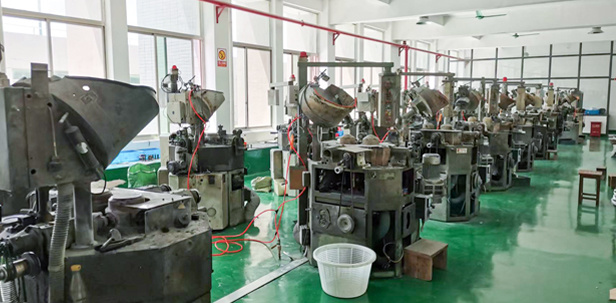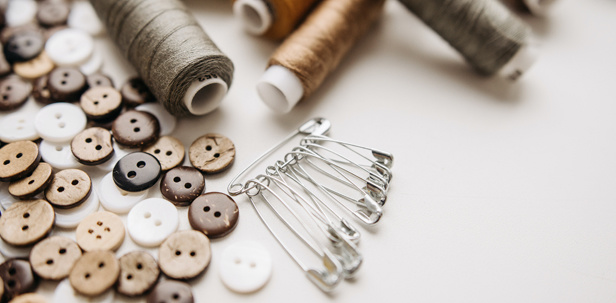Corporate Culture
“Promote Customer Value by Products” is our core values. The investment and operation related to R&D, technological upgrading and service is for the promotion of customer value and is also the brand value of Shunlong. Our company and customers make an alliance and are a value community of mutual promotion. We believe that the ancient and vigorous button manufacturing industry will be more brilliant like glittering buttons in the era of fashion, science and technology by virtue of the development of Yinlong and continuous technological reform.
19
2022-04
19
2022-04
19
2022-04







